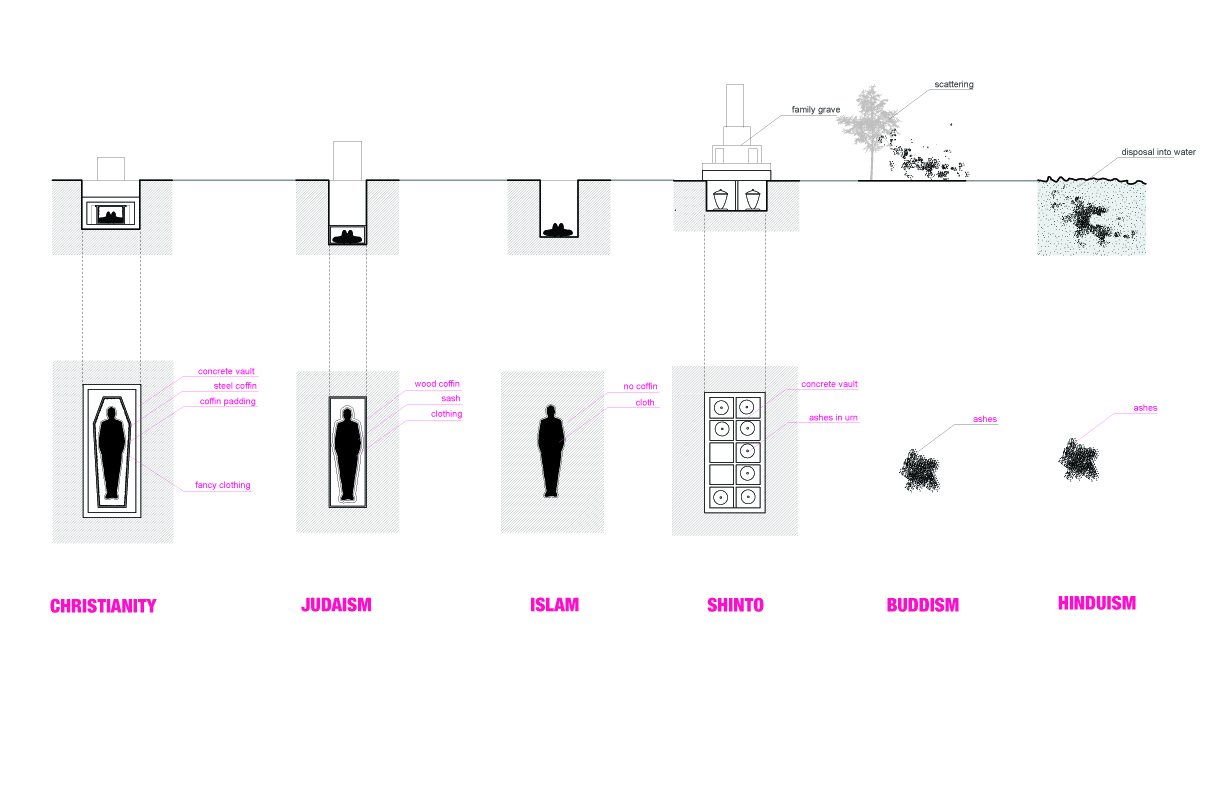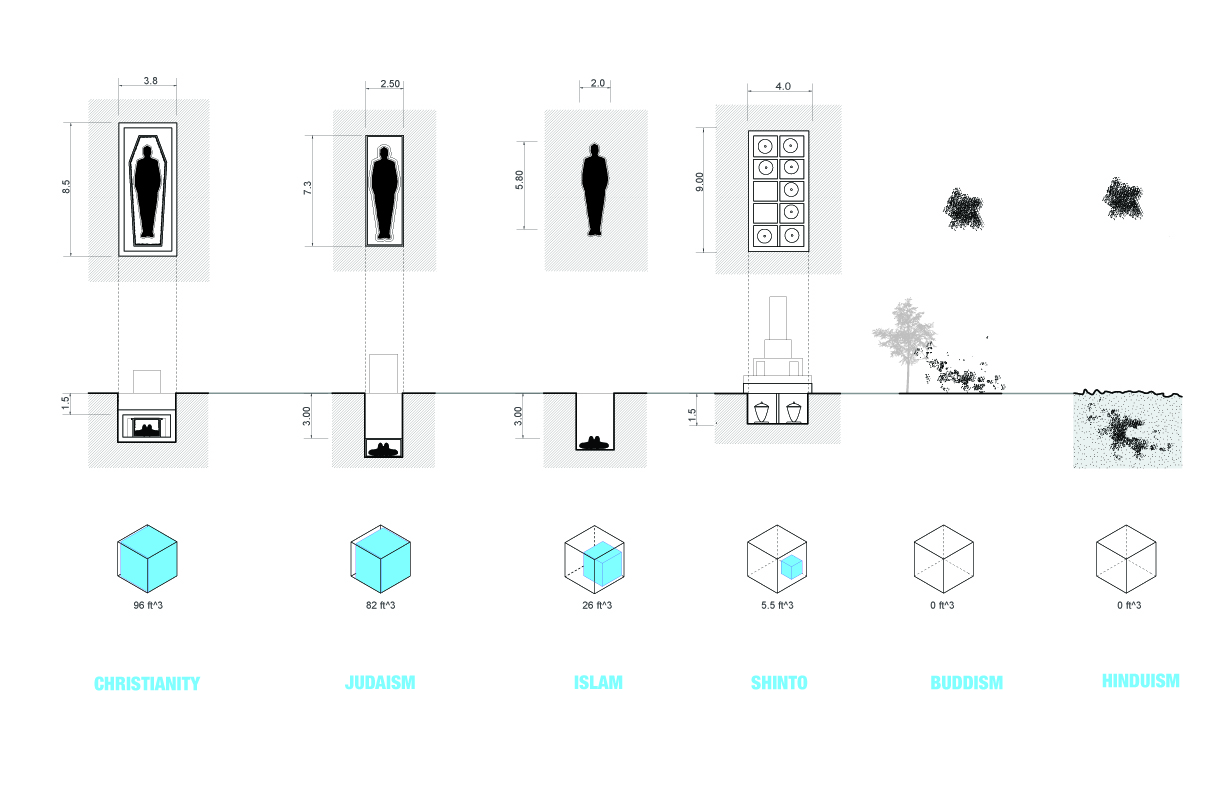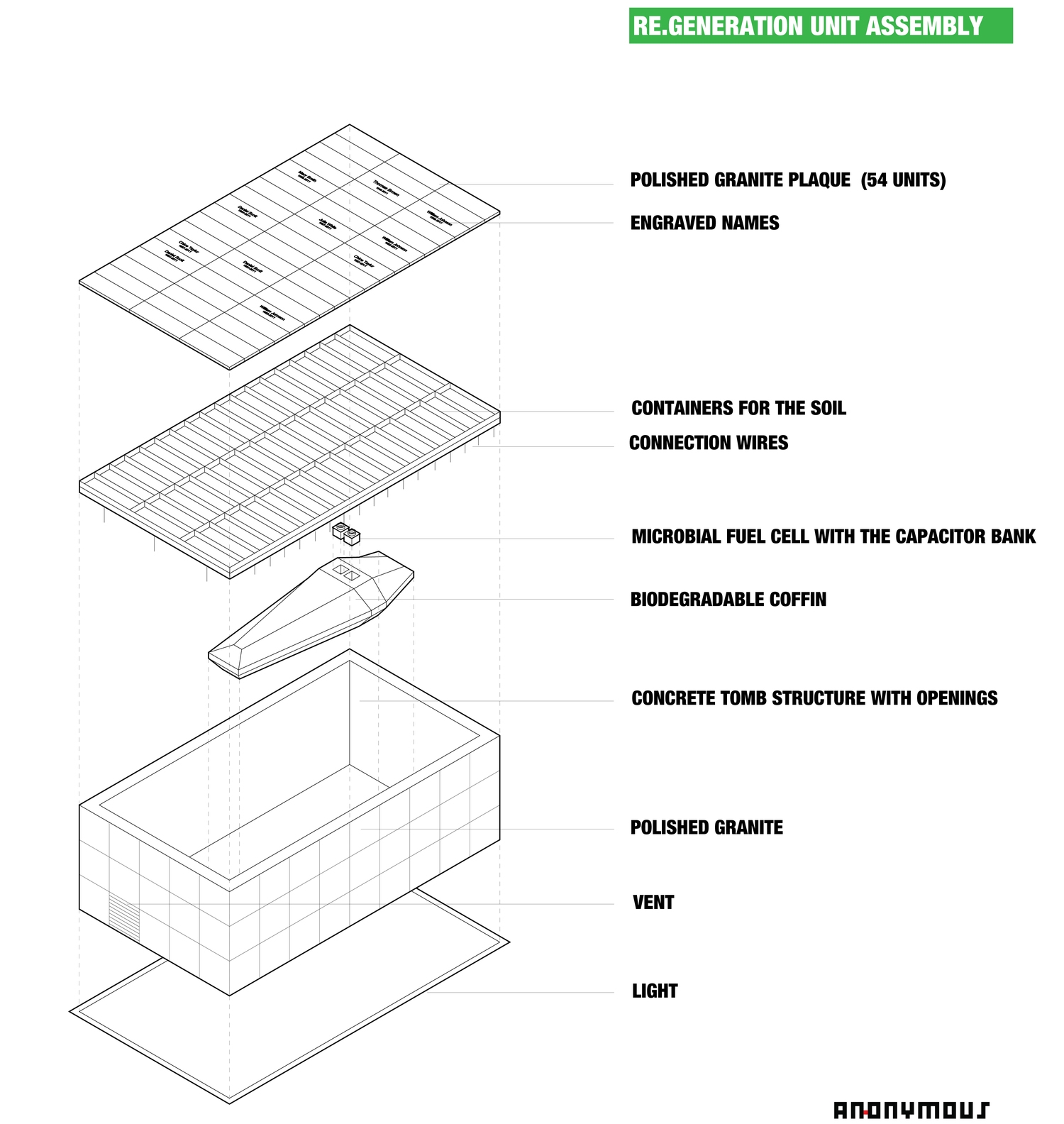RE.GENERATION
Death has fascinated us for centuries. From the mystery of dying in bed to great processions and ceremonies in cathedrals, "beautiful death" was a high point in our collective memory. Death was at the center of life, just as cemeteries were in the center of towns and villages. Today cemeteries are pushed outside our cities, and have turned the space they occupy into the function their hold within: a dead space. How do we bring life back to death? How can we create a “permanent place” for the dead without taking a permanent space? And finally how do we commemorate the dead in the absence of faith?
RE.GENERATION proposes a technological as well as an ecological approach that redefines the practice of burial. The process takes advantage of an innovative method that accelerates decomposition: the body is frozen with liquid nitrogen and vibrated so that it breaks into smaller pieces. Next, the pieces are transported to a freeze dryer under a vacuum. The vacuum removes 70% of the water from the body. Finally, the pieces of mercury and other metals are removed through the vacuum. Once the body is processed it is placed in a biodegradable coffin and buried in a shallow topsoil grave where there is more oxygen. The body converts fully into the soil within less than a year, and because of that, the space can then be re-used by another body. Once a certain number of units are built, the cemetery would be in no need of expansion as the spaces would constantly be re-used.
Nonetheless, because decomposition happens quite rapidly, the chemical process itself can be used to harness energy though the use of microbial fuel cell technology. Microbial fuel cell (MFC) technology is a method of renewable energy where organic matter is converted into electricity through the use of bacteria. Normally, bacteria would use the energy produced to feed its own metabolism, but through that technology, the energy is instead harnessed in form of electricity. The electricity generated through this process could be used to illuminate the name and identity of the person buried. Once the process of decomposition begins the name starts to illuminate; throughout the year the light brightens, and towards the end of the year the light fades out. This would signal the end of the decomposition and absence of bodily remains. The illumination of light is in chorus with the mourning and grief for the dead, ending around the time of the first anniversary, it marks a new commemorative moment for a gathering and a final farewell to the deceased. Although the space is then used by another body, the name and identity leaves a permanent mark on the tombstone. The shining name amongst the rest is the person buried last whose body is still present and in the process of decomposition.
Unlike burial or cremation, RE.GENERATION does not pollute the ground, the water, or the air and does not require special drainage or sewage system. The dead does not occupy a space permanently, but at the same time it is not removed, discarded or forgotten. But beyond the material, temporal, and spatial realities of death, this system redefines not only the practice burial, but also the sequence of grief, mourning, and commemoration through an advanced mechanism that draws the energy from the dead decomposing body to bring a life to the space above.


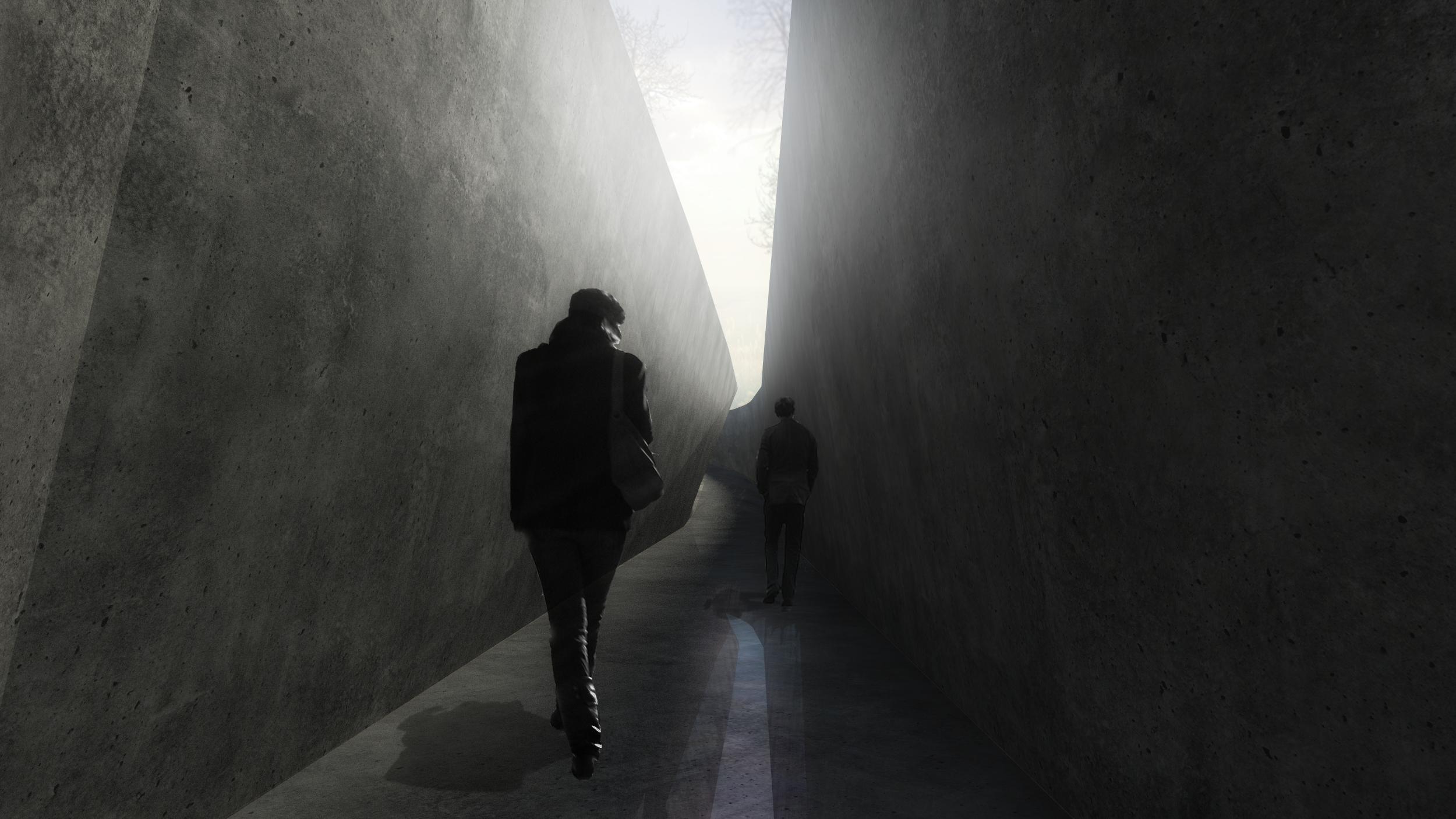
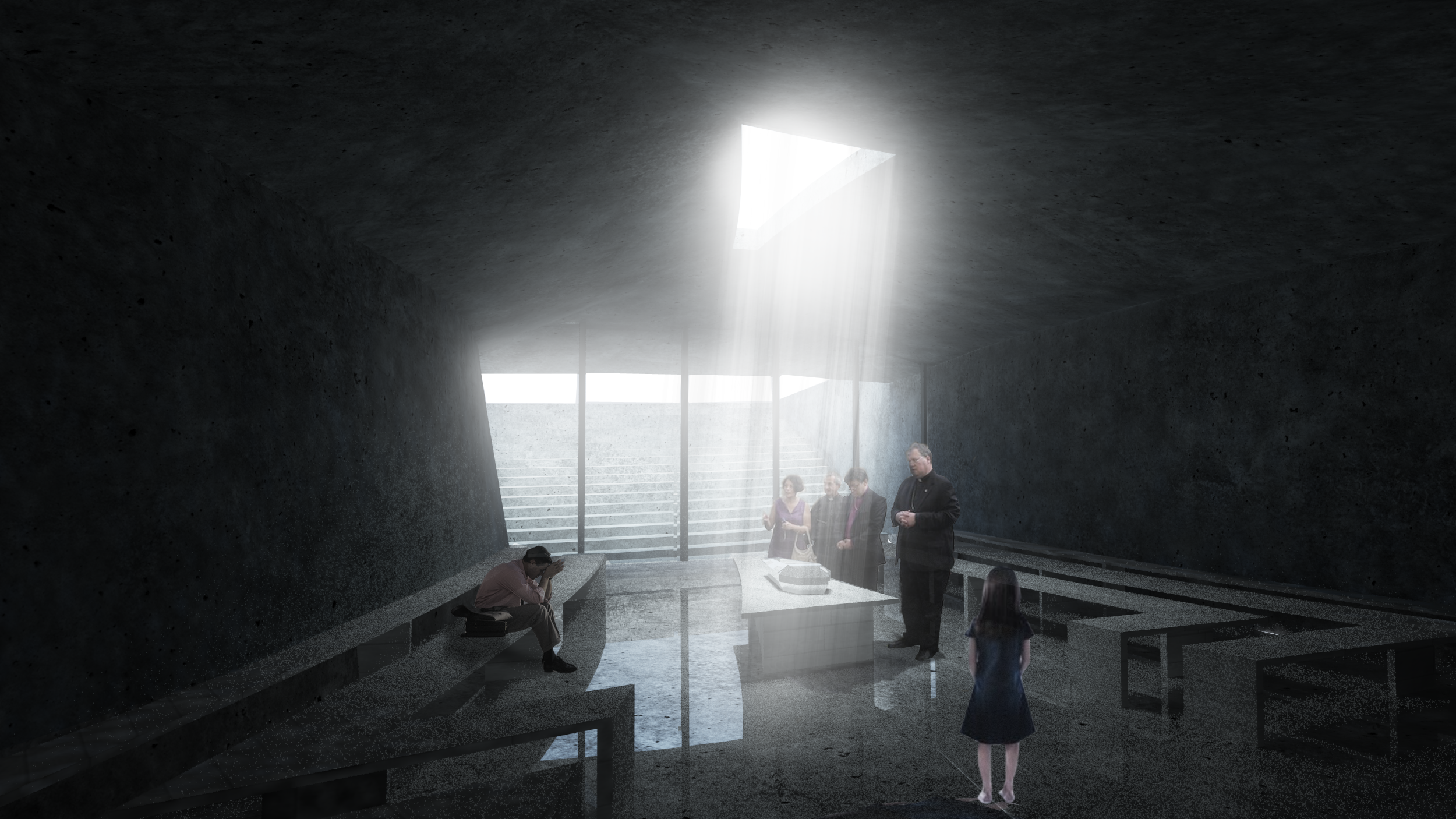

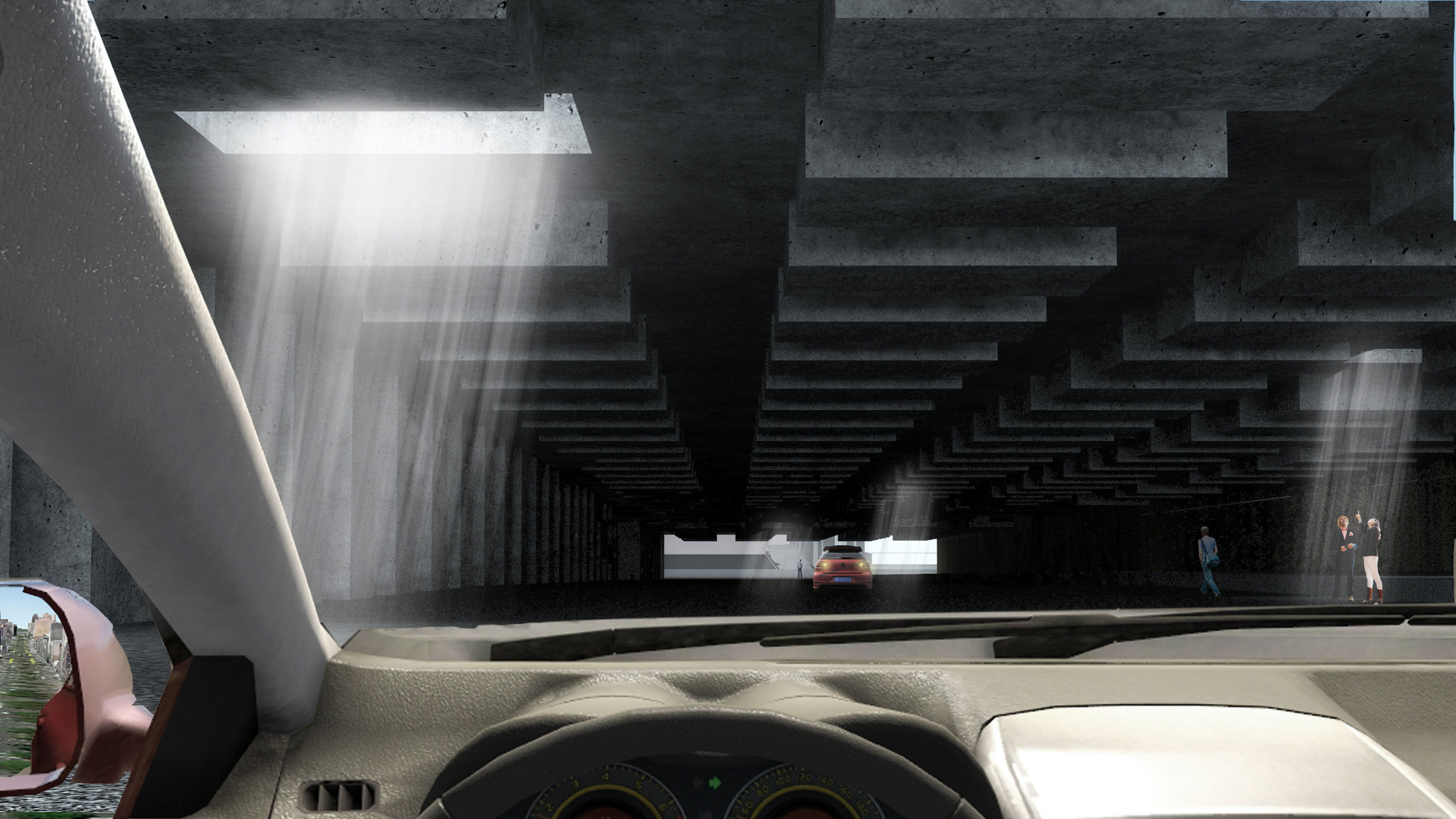

Shortlisted in Designboom International Competition: "Design for Death," May 2013
Published in Rzeczpospolita newspaper, July 1, 2013


